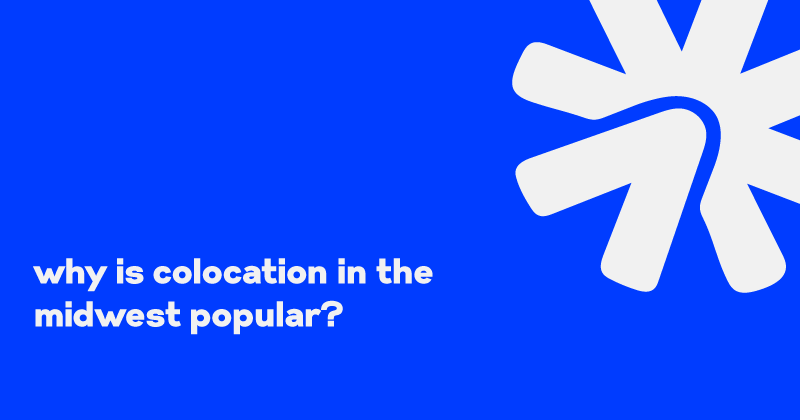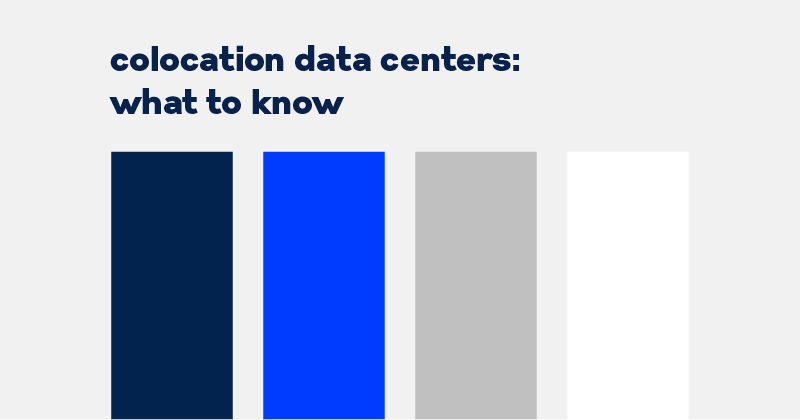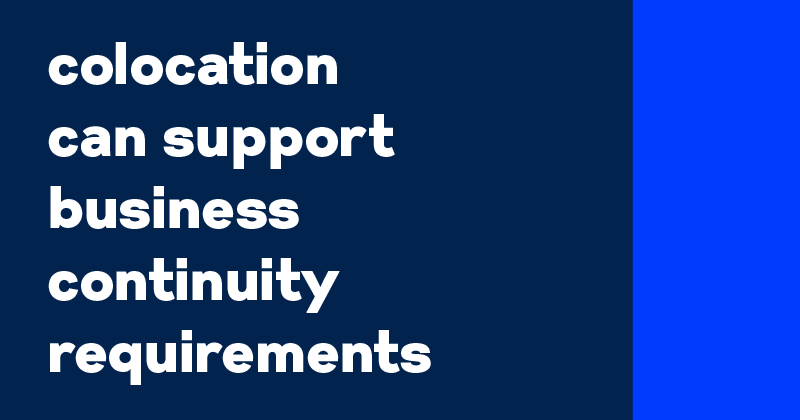Why is Colocation in the Midwest Popular?

The Popularity of Midwest Data Centers
It’s a fact. Data center location still matters for most colocation and cloud services users. And if that location is in the Midwest, that’s a plus for many of those users. That’s particularly true for companies in the Midwest, but there are also significant benefits for organizations elsewhere in the US.
The following explains why choosing a Midwest data center is increasingly popular – and beneficial. (Full disclosure: US Signal offers eight SSAE 18 audited data centers strategically located in business-friendly, mid-sized cities throughout America’s heartland.)
Low Natural Disaster Risks
People may complain about the Midwest’s cold winters and hot summers (at least some years in some areas), but the Midwest is still at a much lower risk of natural disasters than other parts of the country. You won’t find tropical storms, including hurricanes, and the accompanying storm surges in America’s heartland. Earthquake risks are low, as are wildfires. Much of the Midwest is also outside of the infamous Tornado Alley.
With less chance of natural disasters, the potential for natural disaster-related downtime is drastically reduced. (There could be savings on insurance stemming from this as well.) In addition, there’s less chance of employees and customers dealing with flooded roadways or other natural disaster-related impediments to accessing the data centers where their equipment and/or services are housed.
The Power of Affordable Power
Power is one of the biggest costs incurred by data centers (and their customers.) The Midwest delivers more affordable power than a lot of regions. That can translate into cost savings for colocation tenants. The region’s cooler climate can also lower data center cooling costs by funneling in outside air to cool IT equipment.
The Midwest is becoming a hotspot for green energy. That’s a big plus for companies interested in sustainability and working with colocation and/or cloud service providers that share that interest. There’s an increasing number of data centers in the Midwest, US Signal among them , taking advantage of renewable energy sources and embracing sustainability practices.
From an electrical grid standpoint, transmission lines serving coastal cities feed from across the country, either the East or the West. Midwest locations tap into energy capacity from several different regional authorities and directions. And for companies that choose to host their data in the Midwest, a wealth of carriers and connectivity options are available with low latency to both the East and West coasts.
Strong, Diverse Connections
The Midwest is also an attractive location for data centers and their customers because of the growing strength in its connectivity infrastructure. When data centers are in close geographic proximity to Internet Exchanges or peering points (there are a lot of them in the Midwest), the organizations using them benefit from low latency as well as plenty of bandwidth. That means for organizations in the Midwest, data centers and cloud pods located in the area can help them deliver cloud services to their Midwest-based users with less latency.
US Signal’s Midwest Data Centers
As we noted, the US Signal network encompasses eight US Signal data centers in key Midwest cities. But there’s much more to it, which is why US Signal’s data centers stand out from many of the others available throughout the region.
In addition to leading-edge technologies, top-of-the-line equipment, and high-level security, US Signal’s data centers house five cloud pods, and the network includes metro rings in 20 Midwest markets, access to over 225 data centers and POPs, and redundant Tier 1 peering relationships. For US Signal customers doing business in the Midwest, this all puts reliable, fast, far-reaching network and cloud services at their fingertips – and at the fingertips of their own Midwest-based users.
In addition, US Signal provides direct, dedicated network connections to major cloud providers without having to peer directly or collocate networking equipment in a provider-supported data center. Customers can use US Signal’s Virtual Cloud Connect to establish layer 3 connectivity between a private data center or a US Signal cloud service to other cloud providers, including AWS, Azure, and Google.
US Signal’s Cloud-to-Data Center (CDC) connection provides dedicated access between collocated IT assets and US Signal public cloud resources when housed in the same US Signal data center. The CDC connection provides optic and switches redundancy while stretching Layer 2 network from collocated gear and virtualized resources with US Signal.
Plus, the speed and bandwidth capabilities of US Signal’s fiber network means faster access to data and applications stored in the cloud. Being able to synchronize cloud data with on-site data through US Signal’s high-speed connections ensures efficient data restoration after an outage. Because US Signal can provide its fiber network from doorstep to cloud, it can offer end-to-end solutions that decrease issues like downtime and latency while allowing for increases like redundancy and reliability.



